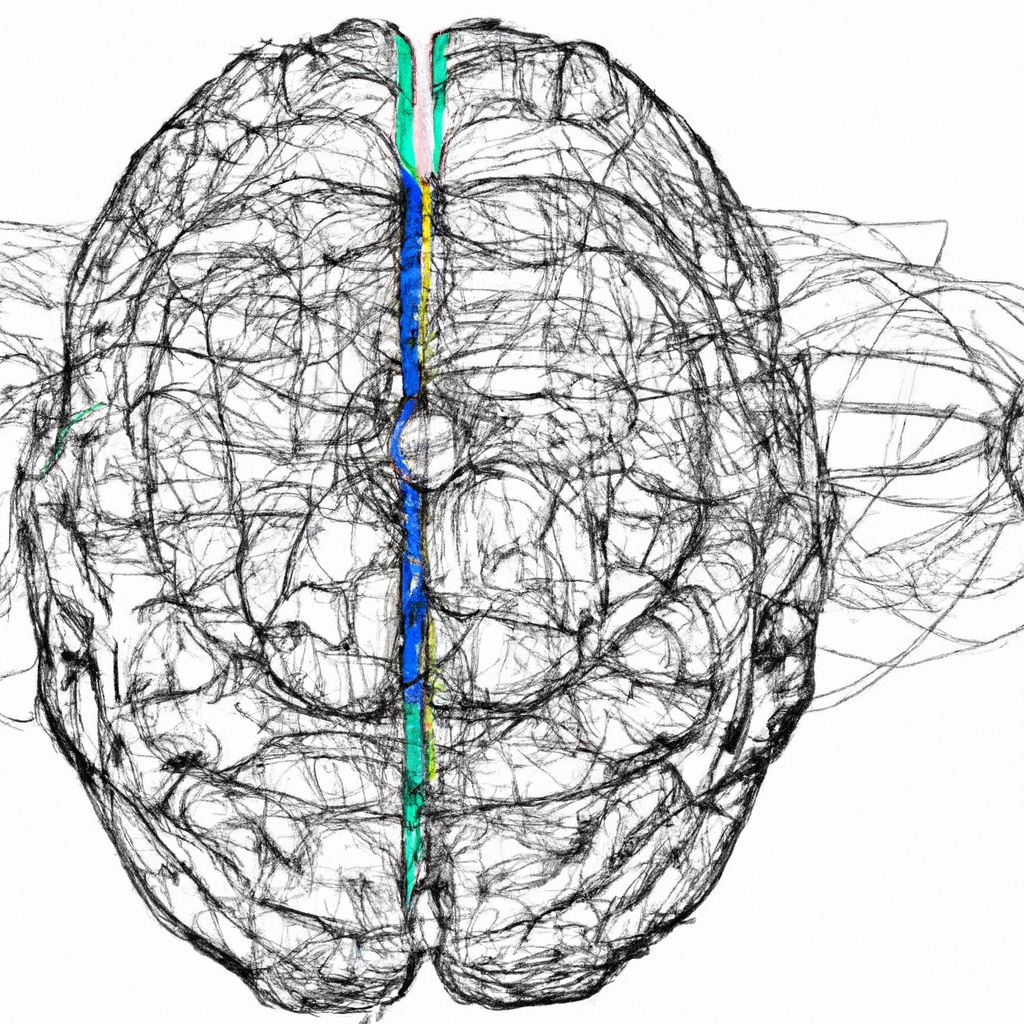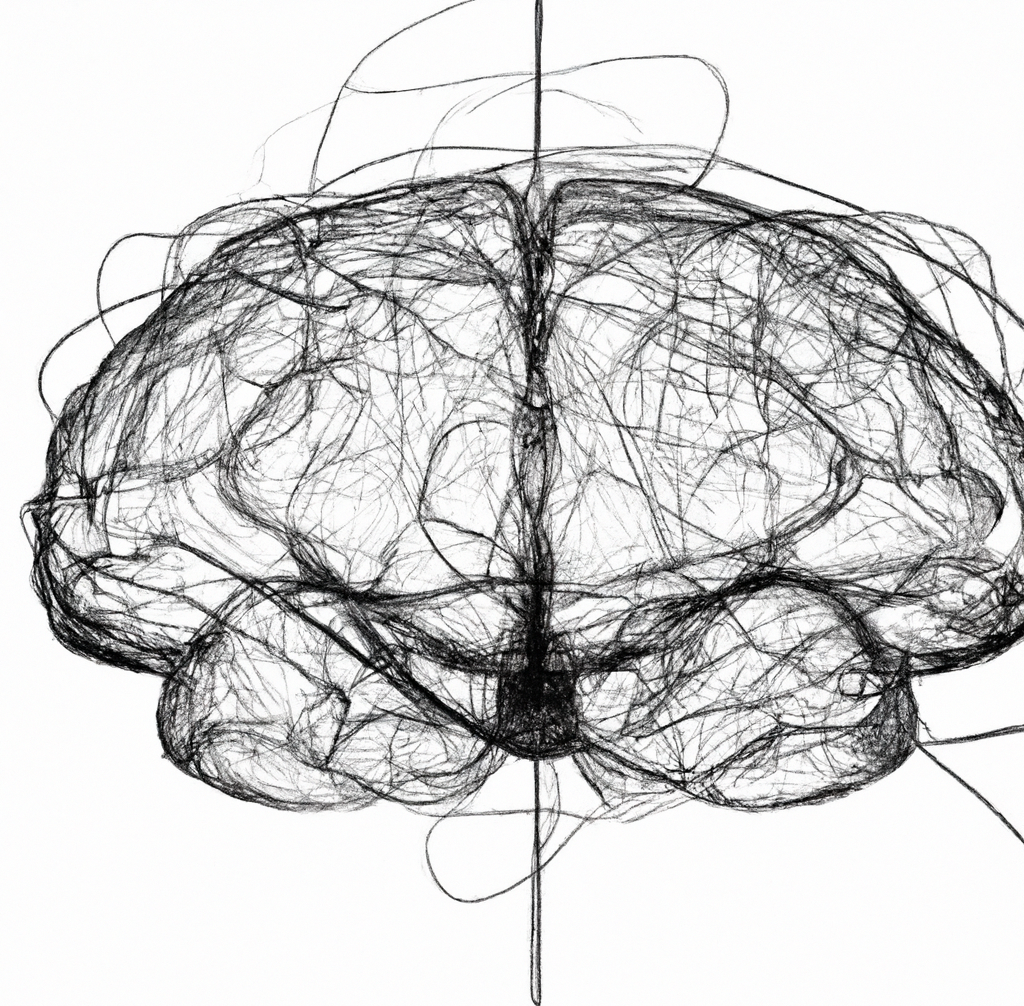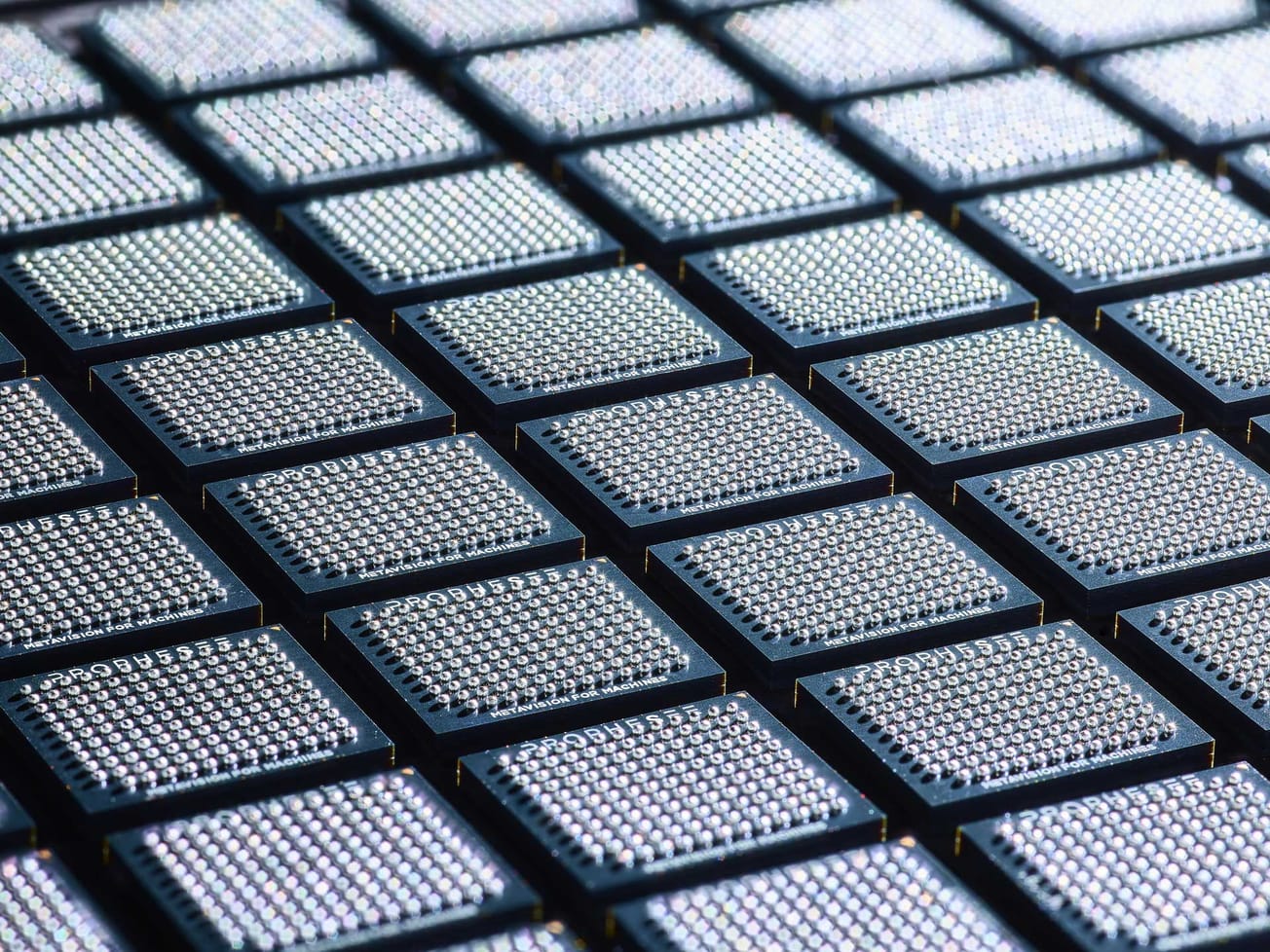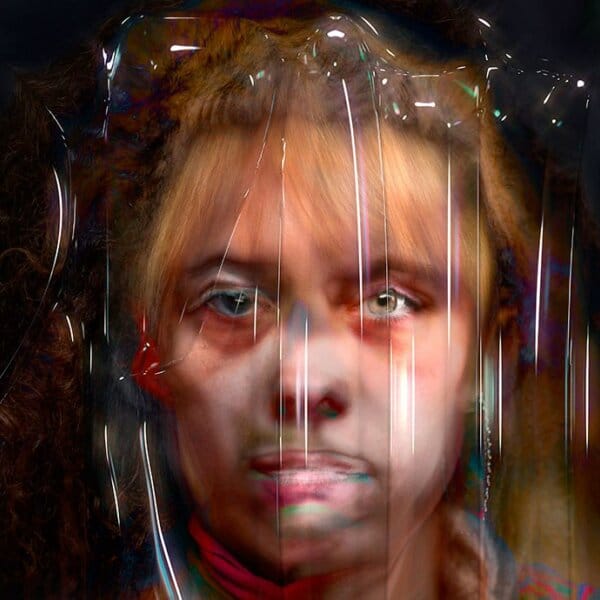In recent years, machine learning has emerged as a transformative technology with the potential to genuinely revolutionize various industries. Simultaneously, society has been progressing towards a more inclusive understanding of neurodiversity, recognizing and celebrating the unique cognitive abilities of individuals with conditions such as autism, dyslexia, and ADHD. The intersection of machine learning and neurodiversity opens up new possibilities for harnessing the strengths and talents of neurodiverse individuals in designing intelligent systems.
Neurodiversity stands as a compelling paradigm shift that celebrates the rich tapestry of human cognitive abilities. Departing from the conventional medical perspective that pathologizes conditions like autism, ADHD, and dyslexia, the concept of neurodiversity recognizes these variations as integral components of our shared human experience. Rather than focusing solely on deficits, neurodiversity highlights the strengths and unique attributes that neurodiverse individuals possess. This approach champions the idea that diverse cognitive functioning enriches our collective problem-solving capabilities and fuels innovation. By embracing neurodiversity, society opens itself to a wealth of new perspectives, paving the way for a more inclusive and creative future.

Machine learning, a subset of artificial intelligence, possesses the remarkable ability to enable systems to learn autonomously from data, bypassing the need for explicit programming. This technology has emerged as a formidable force in deciphering complex patterns, conducting data analysis, and facilitating data-driven decision-making. Thriving in environments enriched with diverse datasets, machine learning algorithms excel in identifying intricate patterns, forecasting future trends, and offering invaluable insights. In this context, the potential synergy between machine learning and neurodiversity becomes evident. Neurodiverse individuals, known for their adeptness in tasks that demand keen pattern recognition and unwavering attention to detail, stand poised to contribute their distinctive cognitive strengths to the world of machine learning, ushering in a new era of innovation driven by collaboration between human ingenuity and artificial intelligence.
The fusion of machine learning and neurodiversity holds remarkable promise in the realm of enhancing accessibility and user experience. Neurodiverse individuals bring a unique set of sensory preferences, communication modes, and cognitive processing styles to the table. Leveraging the capabilities of machine learning, designers can forge ahead in crafting adaptive systems that seamlessly cater to these individual preferences. By discerning patterns in user interactions and behaviors, machine learning algorithms can dynamically adjust interfaces, content delivery, and interaction modes, ensuring that technology becomes more accommodating and user-friendly for a wide spectrum of users. This harmonious convergence between machine learning's adaptability and the distinctive needs of neurodiverse individuals not only amplifies inclusivity but also opens avenues to unlock innovative and transformative user experiences.

The dynamic interplay between neurodiverse talents and machine learning prowess offers a compelling avenue for elevating decision-making and problem-solving capacities. Neurodiverse individuals inherently bring to the table a repertoire of exceptional cognitive strengths, including heightened visual thinking, acumen in pattern recognition, and analytical dexterity. These aptitudes remarkably align with the core competencies of machine learning algorithms, paving the way for an intricate synergy. By integrating neurodiverse insights and perspectives into the design and training of intelligent systems, a holistic framework emerges—one that amalgamates the creativity of human cognition and the computational might of machines. This synthesis augments the accuracy and depth of decision-making processes while instigating novel approaches to intricate challenges across a spectrum of domains. In this collaborative landscape, the amalgamation of neurodiversity and machine learning not only amplifies innovation but also propels us towards a future underscored by multifaceted problem-solving capabilities.

The collaboration between machine learning and neurodiversity has the potential to foster a more inclusive and empathetic society. By recognizing and valuing cognitive differences, we can design technologies that accommodate diverse needs, preferences, and communication styles. This approach encourages empathy and understanding, helping to break down barriers and create a more inclusive digital landscape. As highlighted by the work of Yonah Harif-Welke and others, this collaborative effort between technology and neurodiversity can yield transformative outcomes in promoting social understanding and embracing cognitive diversity.
The convergence of machine learning and neurodiversity holds immense promise for transforming the way we design, develop, and interact with intelligent systems. By embracing the cognitive differences of neurodiverse individuals and leveraging the power of machine learning, we can unlock new realms of creativity, innovation, and inclusivity. It is crucial for designers, researchers, and policymakers to collaborate in harnessing the potential of this synergy to create a future where cognitive diversity is celebrated and technology empowers individuals of all cognitive backgrounds. Through this harmonious blend, we can create a world where machine learning and neurodiversity coexist to shape a more inclusive and empathetic future.









